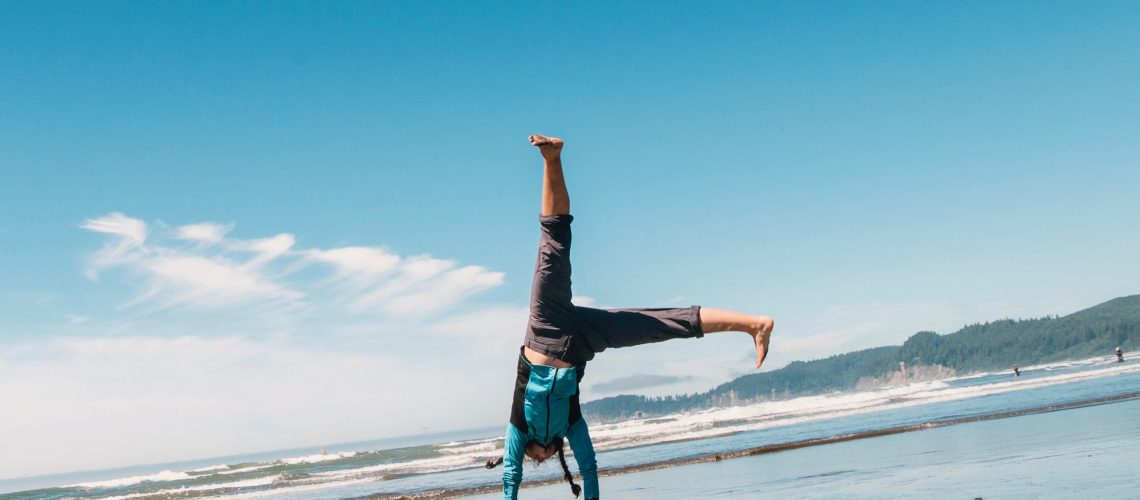At first glance freedom and control may seem to be somewhat opposing notions. They are however deeply intertwined, in fact they may be the same thing. How so? Let me elaborate…
The most immediate freedom one can attain is the ability to move ones self freely. To be free in ones own body. This is something we experience as children but somehow lose as we move through time/life.
As healthy children we generally have good freedom of movement but we lack real control. So we are loose and relaxed but lack the requisite control to coordinate ourselves skilfully. This puts kids in a great position to learn new movement skills (dance, sport, martial arts, etc) and explains why it is easier for them to do just that. They are already quite free in their movements, all they need to learn is the control aspect.
As adults we succumb to having no freedom of movement and no control. Essentially we become tight and tense and then lack the requisite control to relinquish this tightness. This puts us at a distinct disadvantage when it comes to moving freely and learning new movements. Thomas Hanna described this state, of having a lack of control, as Sensory Motor Amnesia. In this state we have essentially forgotten how to sense and move (motor) our muscles freely.
The net result of that? We lose control of our physical selves. We lose control of our ability to operate our muscles and in turn we lose our ability to move well. Or should I say to move freely. Ah, without control, we can’t be free. We must be able to control our ‘selves’ if we wish to be free. Otherwise we are inevitably subject to our own demise.
This is why it becomes more difficult to learn new movement skills as adults. We must address our ‘Sensory Motor Amnesia’ first. By relearning how to be free in our bodies again. And this requires re-establishing good sensory motor control over our muscles.
So how is our control lost? Everything that happens in our lives is expressed in and through our physical bodies, every grievance, every accident, every injury, every broken relationship, every confrontation, every thought, and every emotion, our entire history. And all these experiences are expressed how? As involuntary muscular tensions. How else could they be expressed?
These involuntary tensions accumulate, contributing to our SMA, and, because they are involuntary, they seem outside of our control, and as they accumulate they interfere with our freedom of movement.
You cannot do the things you want to do unless you have the ability to stop doing the things you don’t want to do.
Do you see where this is going?
You cannot go forwards when you are still stuck moving backwards.
But those involuntary (contr)actions that can entrap us, they can be made voluntary. We can do them of our own volition. And in doing so reestablish our voluntary control over them.
We have more power over them than we realise. In fact we have complete power over them. If we knew how to exert it. Or could learn how to.
“The basic somatic task during our lifetime is to gain greater and greater control over ourselves…”
(Hanna, Somatics p.15)
But what does this mean in practical terms. It means this; if your body is stiff and tight beyond your control, you must make it stiffer and tighter on purpose. Take control of the tightness. In doing so you become the master. Then you are free to choose to relinquish that tightness.
Control, freedom, freedom, control. Freedom and control are two sides of the same coin.
Weird right?
A regular Somatic movement practice will allow you to experience all of this not just as an intellectual idea but as an embodied reality, a somatic process.
Check out my Learn Somatics YouTube channel to start learning Somatics right now. Want some help? Book a 1-1 online session and get tuition from the comfort of your own home.
As always thanks for reading, until next time.
Photo by Nik Shuliahin on Unsplash
